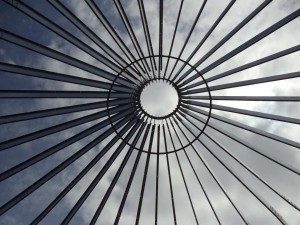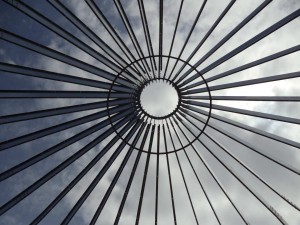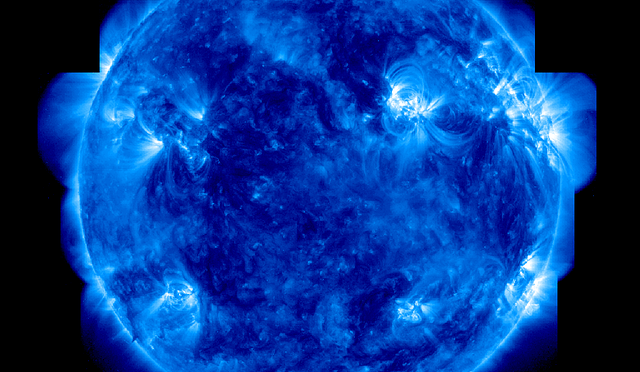 Future Rainwater Harvesting Engineer Seeks Help from RainBank
Future Rainwater Harvesting Engineer Seeks Help from RainBank
Seattle based RainBank Rainwater Systems receives many requests for information. Some questions come from homeowners building residential systems, others from architects, general contractors and engineers who may be interested in a commercial system design for toilet flushing or irrigation.
Recently we received an inquiry from a high school student in New Jersey interested in rainwater harvesting for a school project on water conservation. He was well prepared with a budget, total square foot of collection area, a plan of usage and most importantly, interest!
Hoping to harness his enthusiasm, Chad Lindsly, RainBank Engineering, worked with the student on this theoretical design with demand/supply calculations, collection/storage coefficients, conveyance, filtration, costs and return on investments, all through email. He actually instructed the student on how to design a system, while meeting the scope of his school project. Between them, Chad and the student designed a sustainable, cost effective rainwater system that fell within the parameters of the school project’s criteria. The student is turning in his work today and we wish him the best.
RainBank Rainwater Systems has always been at the forefront of the advancement of conservation and sustainability education. Chad continues the tradition by paying it forward and taking the time to engage with a potential future engineer.



 There are several stages to building a successful, potable rainwater collection system. Here is an article originally published in June 2014, under the title
There are several stages to building a successful, potable rainwater collection system. Here is an article originally published in June 2014, under the title 
